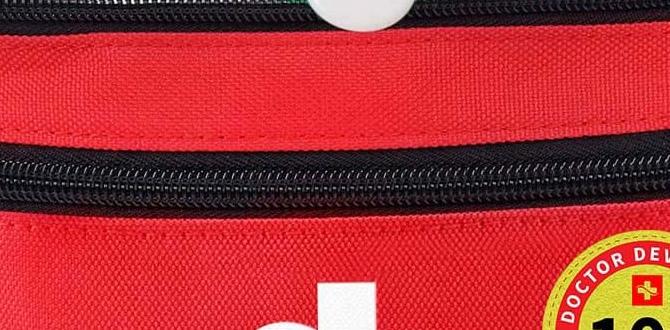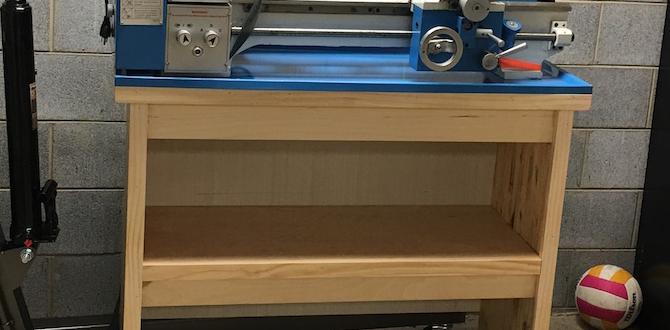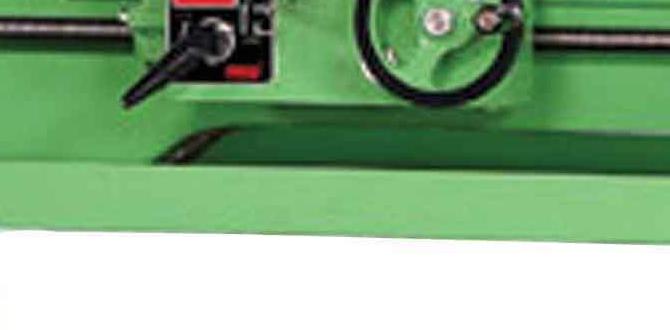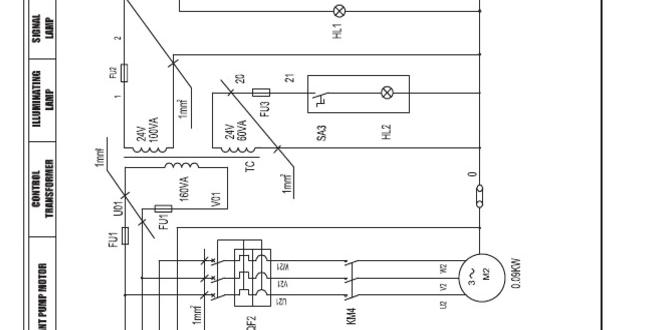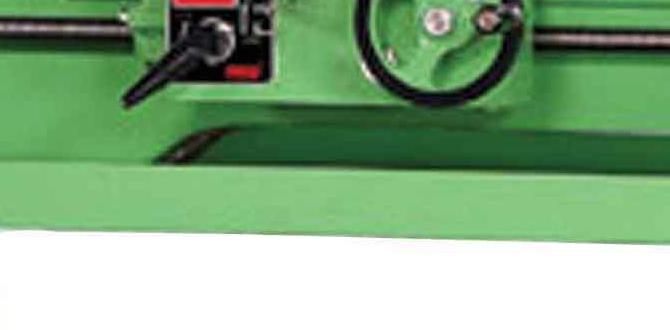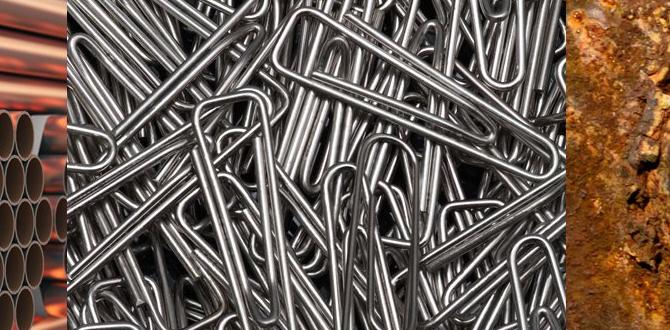Wood Lathe Chuck Installation: Beginners’ Best Guide
Wood lathe chuck installation beginners often face one of the first significant hurdles when diving into the world of woodturning. This seemingly straightforward process can, at first glance, appear a little daunting. However, with a clear understanding of the steps involved and a few essential tips, any beginner can confidently and safely install their new wood lathe chuck, unlocking a world of creative possibilities. Choosing and installing the right chuck is fundamental to your woodturning journey, offering versatility and stability for a wide range of projects.
Understanding Your Wood Lathe Chuck: Types and Components
Before you can even think about installation, it’s crucial to understand what you’re working with. Wood lathe chucks come in various forms, but the most common for beginners are:
Scroll Chucks (or Four-Jaw Chucks): These are incredibly versatile and are the workhorses for most beginners. They use jaws that move in unison (scroll action) to grip both the outside (external jaws) and inside (internal jaws) of a workpiece. This makes them ideal for holding unmounted bowls, spindles, and oddly shaped items.
Faceplate Rings: While not technically a chuck in the same sense as a scroll chuck, faceplate rings are often used for holding larger face-on projects like platters or trays. They screw directly onto the lathe spindle and the workpiece is then attached to the faceplate.
Regardless of the type, your chuck will generally consist of:
Body: The main housing of the chuck.
Jaws: The parts that grip the wood. These are usually interchangeable.
Scroll Mechanism: The internal gearing that allows the jaws to move simultaneously.
Handle/Wrench: Used to tighten and loosen the jaws.
Mounting Thread: The part that screws onto your lathe’s spindle.
Preparing for Wood Lathe Chuck Installation
Safety and preparation are paramount. Before you begin the actual installation of your wood lathe chuck, ensure you have:
1. The Correct Chuck: This is perhaps the most vital step. Your chuck must be compatible with your lathe’s spindle thread. Lathes come with various thread sizes (e.g., 1″ x 8 TPI, 3/4″ x 16 TPI, M33 x 3.5). Check your lathe’s manual or measure the spindle thread. Buying the wrong chuck means either an adapter is needed or it simply won’t fit.
2. A Clean Lathe Spindle: Dust, debris, and old grease can prevent a secure fit. Use a clean cloth, perhaps with a little solvent (like isopropyl alcohol), to thoroughly clean the spindle threads.
3. Lubrication (Optional but Recommended): A very light application of grease or anti-seize compound on the spindle threads can make future installations and removals easier, preventing galling and seizing. Be careful not to over-lubricate, as this can attract dust.
4. Your Chuck Wrench: Ensure you have the correct wrench or handle for your chuck.
5. A Stable Workspace: Make sure your lathe is securely positioned and stable.
The Step-by-Step Wood Lathe Chuck Installation Process
Here’s how to install your wood lathe chuck safely and effectively:
Step 1: Turn Off and Unplug Your Lathe. This cannot be stressed enough. For your safety, the lathe must be completely powered down and unplugged.
Step 2: Retract the Chuck Jaws. Before mounting, ensure the jaws of your scroll chuck are fully retracted. This minimizes the chance of them catching on anything during the installation and makes it easier to thread the chuck onto the spindle.
Step 3: Align the Chuck with the Spindle Thread. Carefully bring the chuck to the lathe spindle. Gently rotate it counter-clockwise while applying slight downward pressure. You are trying to “feel” the threads engage. This is often referred to as “chasing the threads.” If you feel resistance, don’t force it. Back it off and try again.
Step 4: Thread the Chuck Onto the Spindle. Once the threads are engaged, continue to screw the chuck onto the spindle. Again, it should thread on smoothly. If you encounter significant resistance, stop. Forcing it can damage both the chuck and the lathe spindle.
Step 5: Tighten the Chuck Securely. Once threaded on as far as it will comfortably go by hand, use the chuck wrench (handle). Tighten the chuck firmly. You want it to be secure enough that it won’t vibrate loose during operation, but avoid overtightening with excessive force, which can also cause damage. For most chucks, a good, firm hand-tightening plus a quarter to half turn with the wrench is sufficient.
Step 6: Spindle Lock (If Applicable). Some lathes have a spindle lock mechanism. If yours does, engage it to ensure the spindle cannot rotate while you are tightening the chuck. Once the chuck is secure, disengage the lock.
Step 7: Test the Jaws. With the lathe still powered off and unplugged, slowly extend and retract the chuck jaws using the wrench. Ensure they move smoothly through their full range of motion.
Step 8: Power On and Check (Carefully!). Only now should you plug in and briefly turn on your lathe at its lowest speed. Observe the chuck as it rotates. Listen for any unusual noises or vibrations. If everything seems normal, you can proceed.
Important Considerations for Wood Lathe Chuck Installation Beginners
Read Your Manuals: Both your lathe and your chuck should come with instruction manuals. Read them thoroughly before you begin.
Start Slow: When first using your newly installed chuck, start with low speeds and gradually increase them as you gain confidence and verify the chuck’s stability.
Regular Maintenance: Keep your chuck clean and lightly lubricated, especially the internal scroll mechanism. This will ensure smooth operation and longevity.
Galling: This is a form of wear caused by adhesion between sliding surfaces, often occurring with metal threads. Proper cleaning and light lubrication help prevent it.
Warped Chucks: Be aware that if a chuck is overtightened or stressed, the jaws can be slightly warped, leading to an off-center grip. Regular use and proper installation minimize this risk.
Installing a wood lathe chuck doesn’t have to be a complicated endeavor. By following these steps, understanding the components, and prioritizing safety, beginners can confidently equip their lathe with this essential tool, opening the door to a rewarding woodturning experience. Remember, patience and precision are your best allies in the workshop.


